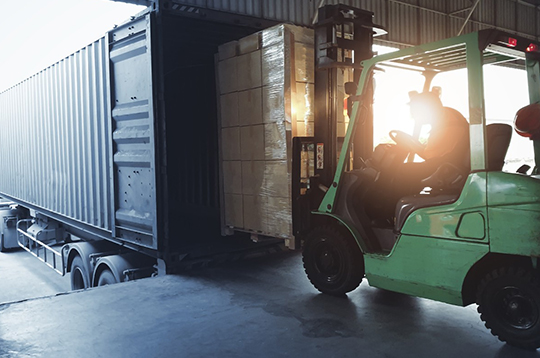- No freight class required: Usually, each shipment is assigned a freight class based on product type (e.g. glass is more expensive to transport than cardboard). Carriers will use that freight class to determine how much to charge for the shipment. No freight class means no extra charges based on the class of your freight.
- Less handling = less damage: Compared to LTL and VLTL, partial loads are rarely stopped and remain on a single truck for the majority of transit. This means there are fewer opportunities for freight damage, and your order remains safer than it would with traditional LTL.
- Usually more cost-efficient (usually): Partial shippers pay only for the space their freight takes up in the truck. Unlike LTL and VLTL, partial truckload leads to fewer fees — like freight class fees — overall. Partial shipping rates are negotiated with the carrier and are less than a full truckload shipment.
- Faster transit times than LTL and VLTL: Since your shipment mostly stays on one truck, the order status is less volatile, making on-time delivery time easier to attain.








